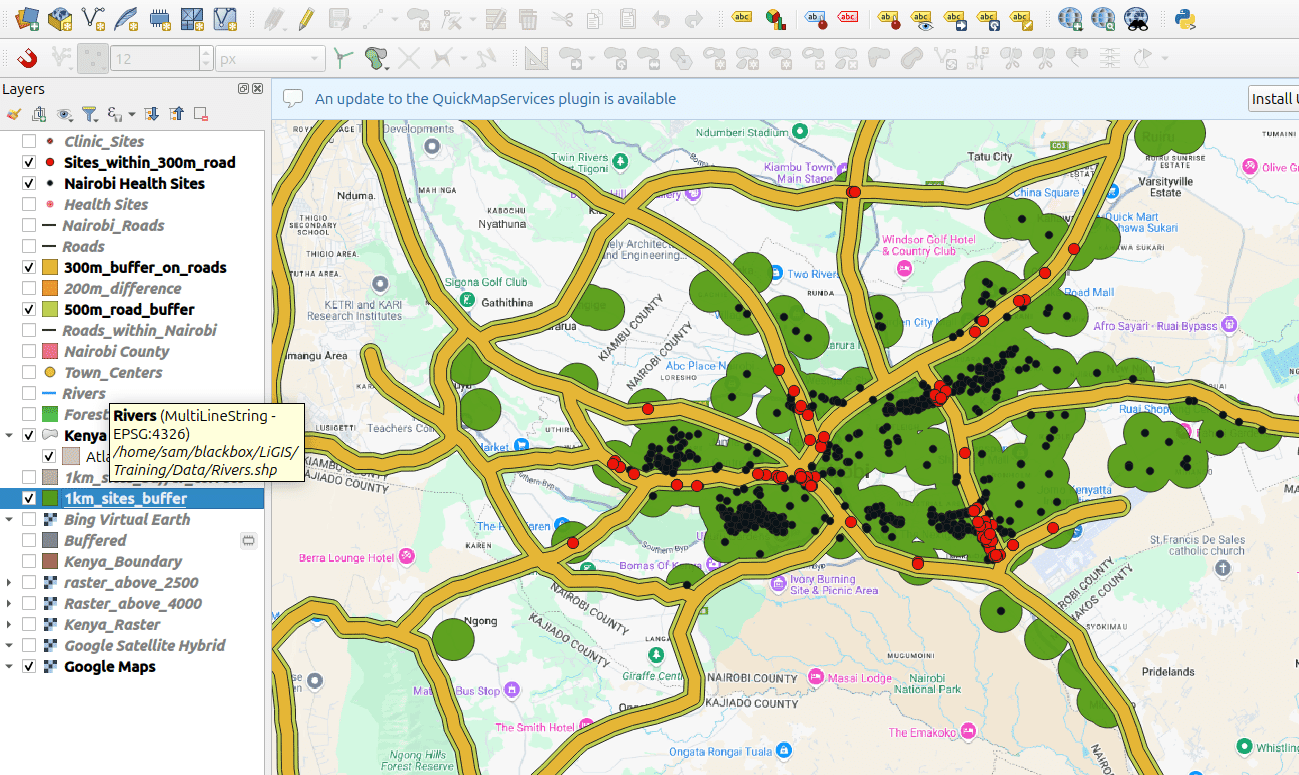
Wanjohi Kibui
www.wanjohikibui.com
Hi,
Let’s be honest. Web GIS used to be a nice-to-have.
Now? It’s everywhere. And it’s not just maps. It’s decision-making, planning, tracking and prediction, all happening in real-time, online and across devices.
I’ve been watching this shift happen. Perhaps you have too. Whether I’m talking to government agencies, startups, conservation groups or logistics teams, Web GIS is becoming the backbone of how they operate.

So… who is using Web GIS today?
Governments? Definitely.
From local councils tracking service delivery to national bodies mapping election data, it’s all about turning complex information into clear public dashboards.
You’ve probably seen the maps showing voter turnout vs. registered voters or real-time updates on road repairs and budget allocations.
That’s Web GIS doing what it does best: bringing transparency to the table.
NGOs and environmental groups? Big time.
They’re using it to track forest loss, monitor carbon credit project zones, respond to droughts and visualize where climate-related aid is most needed.
For many of them, it’s the only way to connect field data, satellite feeds and stakeholder reports in one place.
Startups? Oh yeah.
You’d be surprised how many early-stage companies are now building location-aware services from day one. Logistics, agri-tech and urban mobility.
Web GIS gives them the speed and flexibility to iterate fast and scale without rebuilding the wheel.
Public health? Emergency response? A lot
Web GIS is helping track outbreaks, allocate vaccines, map vulnerable populations and coordinate emergency services.
We’re talking real-time logistics with layers of context; not just where, but why it matters.
What does this mean for us, GIS Professionals?
It means opportunity, big time.
It means the people who can build, deploy and scale Web GIS solutions are shaping how decisions get made in this decade.
We’re seeing more demand for:
- Developers who know how to serve maps with APIs and build responsive frontends
- Analysts who can make sense of spatial patterns and tell a story with data
- Engineers who can integrate Web GIS into bigger systems – ERPs, CRMs, IoT networks
- Designers and cartographers to make more appealing apps
Honestly, if you’re someone who understands both the spatial side and how the web works, you’re already ahead.
That’s why I even developed a 3-month Power GIS Program to help you learn the required skills for this era in the GIS industry.
Missed the Guide? Download Power GIS Program
What’s exciting about 2025 is that Web GIS is no longer a specialized tool used by a few experts in dark offices with multiple monitors (though hey, no judgment if that’s still your vibe).
Now it’s a platform for everyone and we’re the ones building it.
The infrastructure of tomorrow is spatial.
The tools are collaborative.
The mission is clear: help the world make better, faster, more informed decisions.
Let’s keep building.
Special Bonus: Get a GIS Course at a Discount
To help you go even further, I would like you to know that the “Introduction to GIS with QGIS course” has a huge discount today. The course is perfect as a companion to your learning journey.
That’s it!
Until next time, keep going.
Wanjohi Kibui
Helping geospatial minds thrive
Want More GIS Insights? Visit Life in GIS
Follow on X for daily insights

